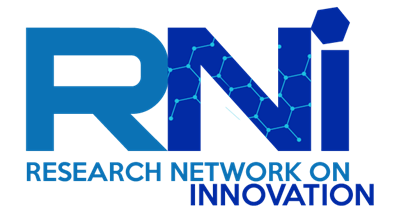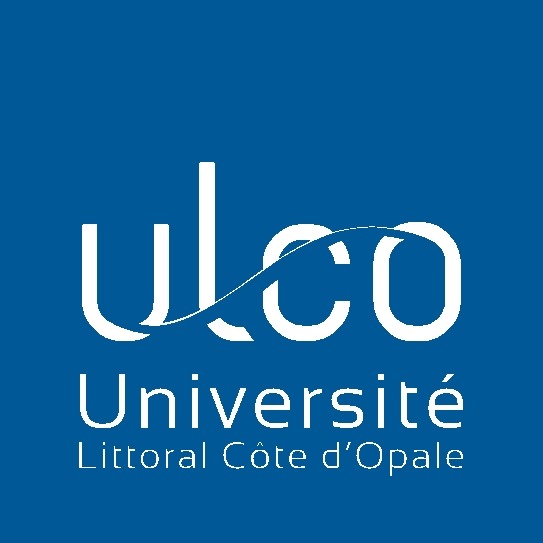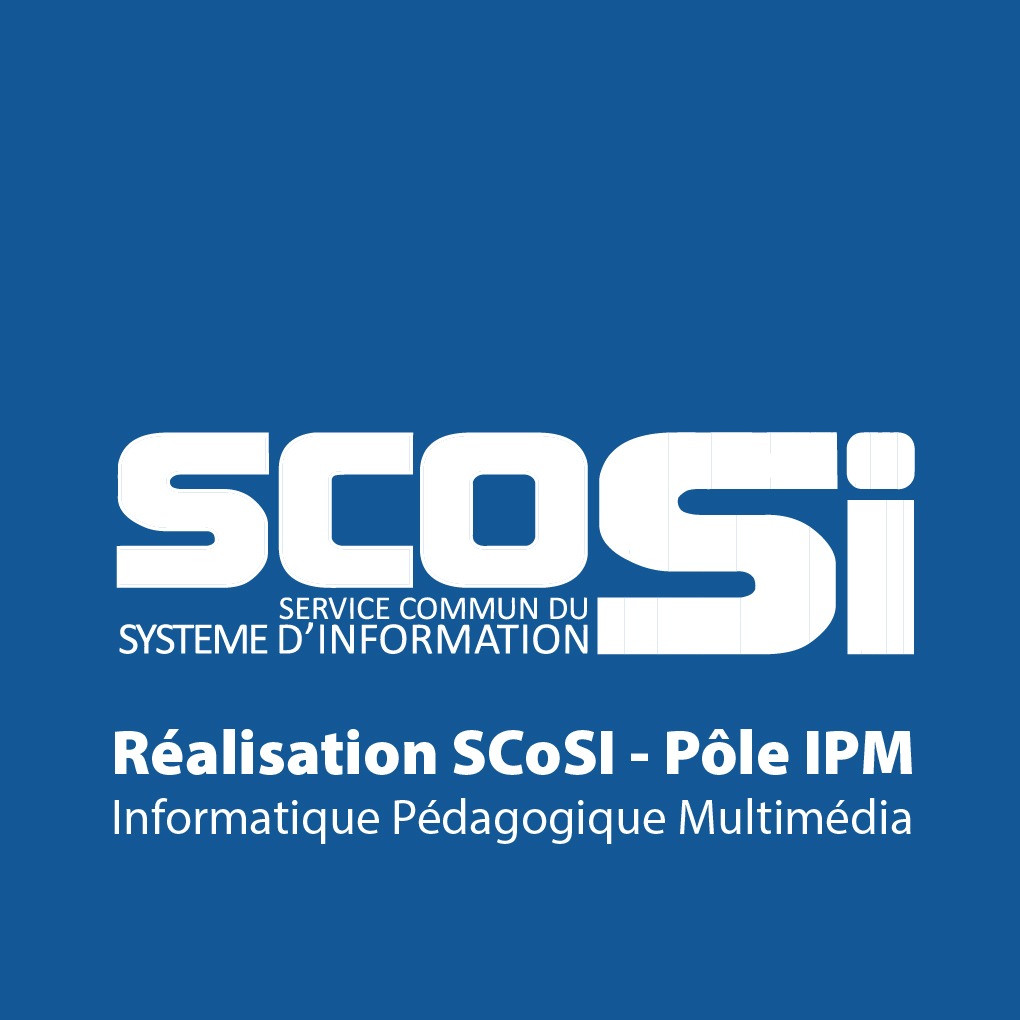Socialization of innovation processes by Dimitri UZUNIDIS
The entrepreneur and the company, through multiple partnerships, are at the center of an eco-system consisting of a collective of actors who mobilize various productive capacities (material and cognitive). In this case, by their functions, the company and the entrepreneur create collective innovation, but also promote the emergence of collective innovations: clusters, coworking spaces, FabLabs, Living Labs, etc. The “innovative milieu” promotes the development of innovation networks. It emerges in economies where knowledge (and therefore informational, scientific, technical, industrial and financial) resources and technological learning capabilities are important so that innovation can be as a collective adventure. Innovation processes have a causal relationship with a – technological, economic, and social – problem posed to the market economy and identified consciously or unconsciously by its actors. Innovation is thus linked to finding the optimal solution to this problem. This assumes the use of knowledge and information from practice, experience and scientific activity.
Innovation is itself a collective, cumulative and historical process defined by seven major characteristics: (a) the impacts of innovation are difficult to predict; (b) the diffusion scale of innovation is difficult to calculate; (c) innovative activities are asymmetrical and time-lagged; d) time for learning, execution and dissemination plays a key role in the act of innovation; (e) the business climate shapes the time, scale, nature and impacts of innovation; f) the space of realization, in other words the geographical and communication distances, favors or, on the contrary, hinders the access to the information and the strategic knowledge of the process of innovation; (g) innovations are interdependent; the risk of costs and time means that innovation is sometimes – or at the same time – a collective act and sometimes the result of the collectivisation of its inputs.
The strategy of an innovative organization is based on the three “A” model: analyzing its own strengths and weaknesses and those of the technical, economic and social context to anticipate change and act to adapt or, on the contrary, to lead change. Decision and power are the two key words of the management of the company. The decision-making system of the latter ensures the regulation of its activities. It is built by the game of power and control between its owners and serves to define the decision-making power of its “technostructure”. The company is forced to increase its size and strengthen its power in the market to not disappear. To that end, it must reduce the uncertainty that characterizes the functioning of the market by giving itself all the necessary means to capture, sort, process and use the largest amount of economic, technological, financial, commercial and political information.
The more changing the environment, the faster the turnover of capital, the faster the pace of innovation, the higher the business risk. Continued market expansion, integration and renewal increase business and financial risks. The company must then invest in forming a network of partnerships and / or integrating existing innovation networks to arm itself against these risks through access to rare skills and knowledge, thanks to the benefit it can derive from intra-network externalities or through the intensification of its relations with customers and suppliers. In doing so, the more the world moves forward, the more the company, by need of synchronization, contributes to the socialization of innovation processes and socio-economic-technological change.
For further information : http://www.openscience.fr/Issue-2-393?lang=en
*Research Network on Innovation (RNI), d.uzunidis@openscience.fr



